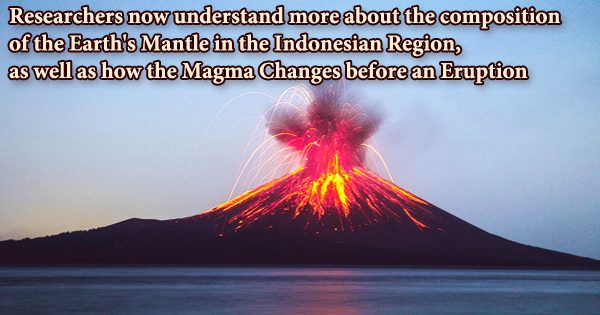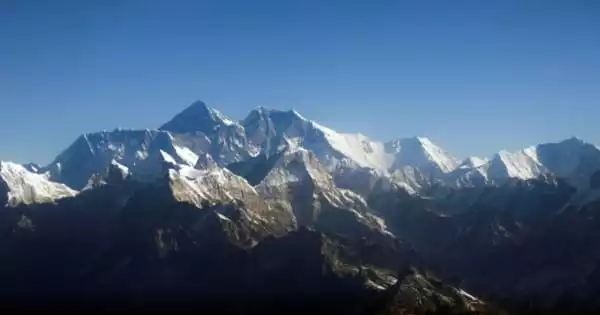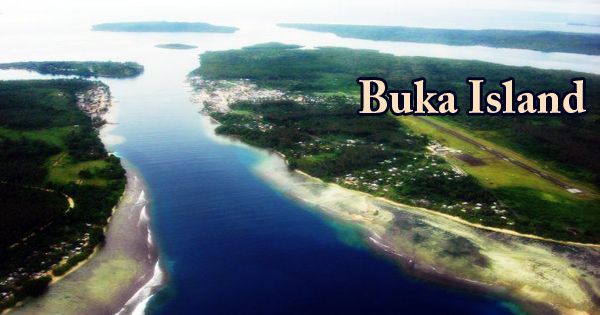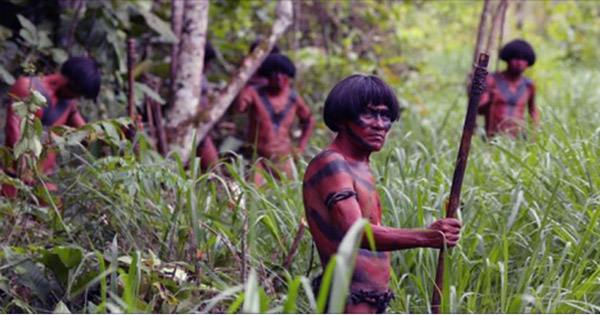Rising temperatures are driving Earth’s coldest forests to relocate northward, according to new research from Northern Arizona University, raising concerns about biodiversity, increasing wildfire danger, and the growing implications of climate change on northern communities.
The article, “Satellite observations document trends consistent with a boreal forest biome shift,” was published Thursday in Global Change Biology by Logan Berner, assistant research professor in the School of Informatics, Computing, and Cyber Systems (SICCS), and Scott Goetz, Regents’ professor and director of the GEODE Lab.
The boreal forest is a nearly 9,000-mile-long band of cold-tolerant conifer trees that runs over northern North America and Eurasia; it covers nearly a quarter of the Earth’s forest area and is the world’s coldest, but primarily quickly warming, forest biome.
The researchers analyzed where and why vegetation greened and browned during recent decades using 40 years of fairly fine (30m) resolution satellite images and numerous geographic climate-related datasets of the boreal forest.
Greening refers to increased rates of vegetation development, which can occur when climate change encourages tree and shrub growth, as seen near the arctic and alpine tree lines.
When hotter and drier conditions limit tree development and kill trees, “browning” signifies reduced rates of vegetation growth and perhaps vegetation death.
“There is emerging evidence that climate change is causing boreal trees and shrubs to expand into arctic and alpine tundra, while at the same time causing trees to become more stressed and die along the warm southern margins of the boreal forest,” Berner said.
“These dynamics could lead to a gradual northward shift in the geographic extent of the boreal forest biome, but the extent to which such changes are already underway has remained unclear.”
To minimize adverse impacts of climate change, efforts are needed to dramatically reduce greenhouse gas emissions, especially related to fossil fuel consumption and deforestation. Furthermore, northern communities need to plan for potential changes in vegetation that could impact resource availability (e.g. wildlife, timber) and wildfire risk.
Logan Berner
What they discovered wasn’t particularly shocking. Warmer temperatures caused enhanced vegetation development and allowed trees and bushes to extend into arctic and alpine tundra across much of the boreal forest’s icy northern edges.
Conversely, as a result of hotter, drier circumstances that increased tree stress and death, vegetation grew browner throughout areas of the biome’s warm southern edges.
Surprisingly, vegetation was more likely to turn greener in places with rich soil nitrogen, indicating that soil nutrient availability is a major constraint on boreal vegetation’s reaction to climate change, according to Berner.
“The boreal forest ecosystem is changing in many ways over recent decades, and those changes are often linked with increasing fire disturbance,” Goetz said.
“Here we intentionally focused on areas that were not recently disturbed by fire so we could tease out the effect of climate change. Our hypotheses about what would happen were verified by this analysis forests are getting more productive in the cooler northern and higher elevation areas, and they’re getting less productive as a result of hot air masses and drying in the warmer and more southerly areas. We fully expect that will continue and probably intensify in the years to come.”
What a changing biome means for the forest
Changes in vegetation may have an impact on plant and animal biodiversity, particularly for species such as caribou and moose, which have unique feeding habits (e.g. deciduous shrubs and trees). In the boreal-tundra ecotone, several wildlife species are important food supplies for subsistence populations.
Changes in vegetation in the boreal forest’s northern and southern edges will have an impact on wildfire regimes, perhaps increasing the danger of more and more catastrophic fires.
Changes in vegetation have an impact on the stability of carbon-rich permafrost soils and the absorption of solar energy by the land surface, potentially speeding up climate change.
Furthermore, increased tree mortality could have far-reaching consequences for forest products, as well as accelerate the erosion of semi-continuous and intermittent permafrost. These future repercussions aren’t limited to the forest’s immediate vicinity.
“Fundamentally, greenhouse gas emissions from human activities are causing Earth’s climate to warm, which in turn is leading the boreal forest to shift northward, as well as impacting other ecosystems across the planet,” Berner said.
“To minimize adverse impacts of climate change, efforts are needed to dramatically reduce greenhouse gas emissions, especially related to fossil fuel consumption and deforestation. Furthermore, northern communities need to plan for potential changes in vegetation that could impact resource availability (e.g. wildlife, timber) and wildfire risk.”
This study is part of a larger initiative funded by NASA’s Arctic-Boreal Vulnerability Experiment (ABoVE) that will include further efforts to understand the extent, nature, cause, and consequence of an emerging boreal biome shift. Goetz is the science lead for ABoVE.
















